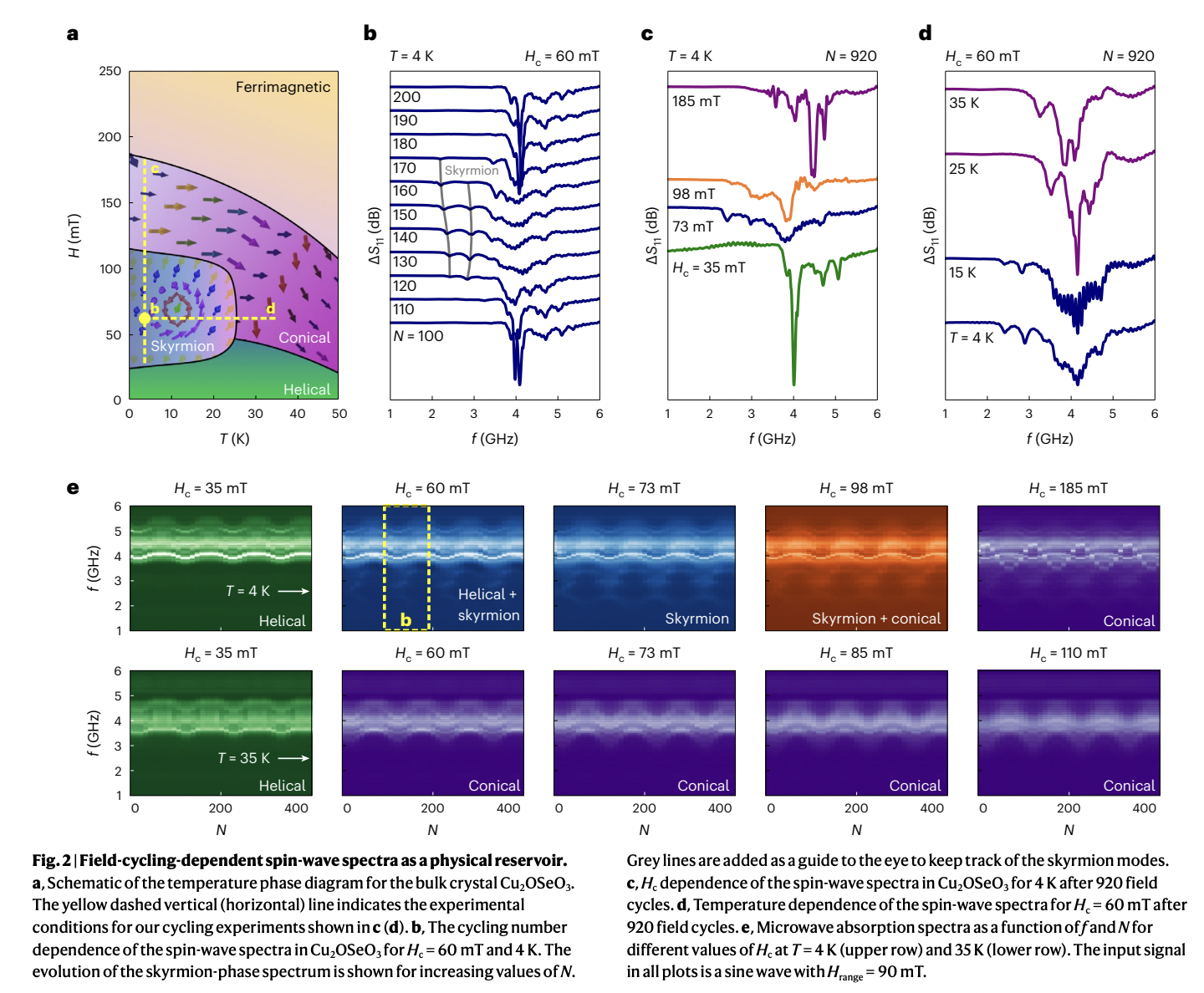UCL and Imperial College London Researchers Unveil Energy-Efficient Machine Learning through Task-Adaptive Reservoir Computing

Conventional computers use a lot of energy; they make up around 10% of the world’s electricity needs. This is because traditional computers depend on distinct units to process and store data, necessitating the continuous shuffle between the two units. Heat is produced, and energy is wasted in this process.
Brain-inspired or neuromorphic computing is a potentially effective solution to traditional computer energy efficiency problems. It is modeled after the human brain’s structure and operation, which can do intricate calculations using little energy.
Using physical reservoirs is a fundamental principle of neuromorphic computing. Materials with non-linear dynamics, or those whose behavior is sensitive to even slight changes in input, are known as physical reservoirs. They can encode information in its physical state, making them perfect for computations.
In a recent study, an international group of academics has created a novel form of physical reservoir computing, which uses chiral magnets as the medium for computation. Materials with a twisted structure, or chiral magnets, have unique magnetic properties. The scientists discovered they could alter the temperature and apply an external magnetic field to regulate the chiral magnets’ magnetic phase. Because of this, they could modify the materials’ physical characteristics to fit various machine-learning applications. For instance, it was discovered that the skyrmion phase, in which magnetized particles are whirling in a vortex-like pattern, possesses a strong memory, which makes it ideal for forecasting applications. On the other hand, it was discovered that the conical phase had minimal memory, but its non-linearity made it perfect for classification and transformation jobs.
Compared to more conventional neuromorphic computing methods, this novel approach to physical reservoir computing offers several benefits. First, it is more energy-efficient since it doesn’t need external electronics. Second, it may be adjusted to a broader range of machine learning ML tasks.
Finding a more energy-efficient computer solution has advanced with the creation of this new type of brain-inspired computing. With more investigation, this technology may significantly alter how we compute.
Check out the Paper. All credit for this research goes to the researchers of this project. Also, don’t forget to join our 33k+ ML SubReddit, 41k+ Facebook Community, Discord Channel, and Email Newsletter, where we share the latest AI research news, cool AI projects, and more.
If you like our work, you will love our newsletter..
Niharika is a Technical consulting intern at Marktechpost. She is a third year undergraduate, currently pursuing her B.Tech from Indian Institute of Technology(IIT), Kharagpur. She is a highly enthusiastic individual with a keen interest in Machine learning, Data science and AI and an avid reader of the latest developments in these fields.

